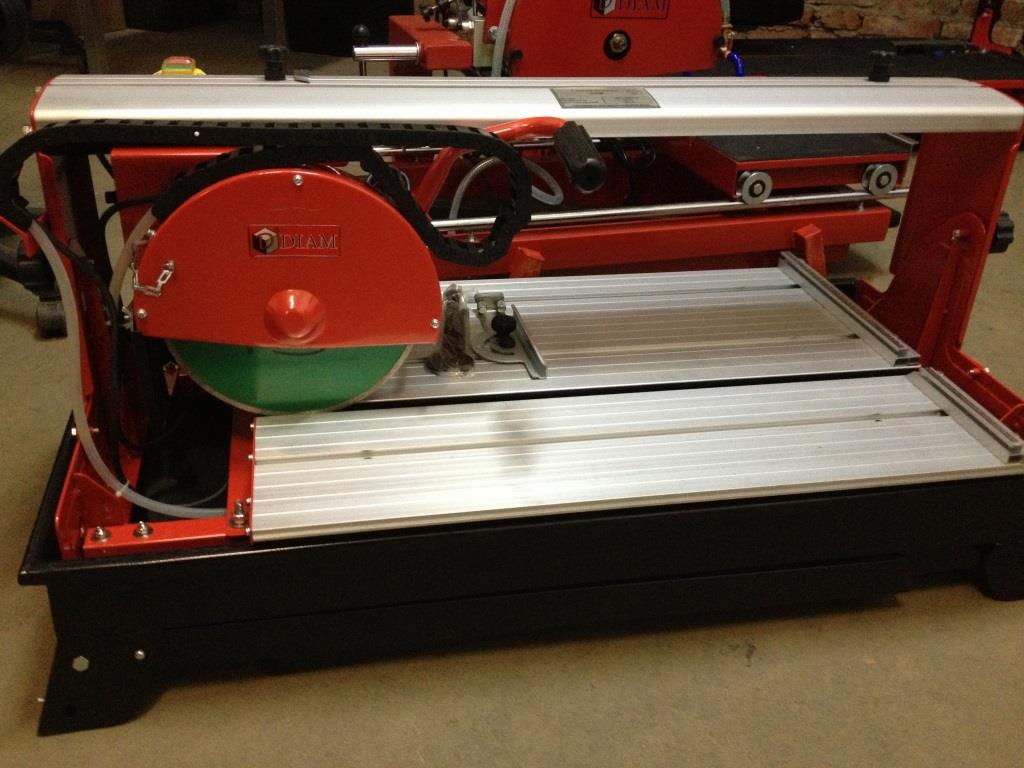Rating of the best paint rollers for 2022
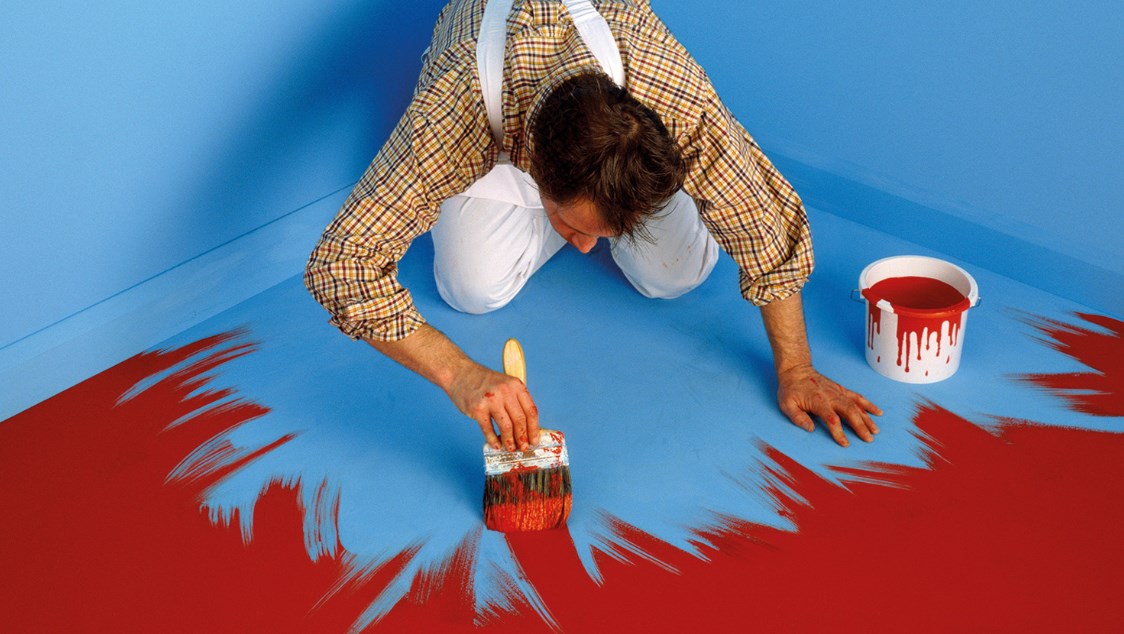
Painting walls requires the purchase of appropriate tools. One of them is rollers for painting walls and ceilings. In the article we will talk about the best paint rollers.
Content [Hide]
Painting tool - how to choose

The use of painting tools seems extremely simple and not very complicated, however, as they say, the devil is in the details. Not everyone will be able to squeeze the same positive effects out of tools as an experienced artist who has already experienced many times, destroyed many brushes and painted many walls. In general, it can be said here that even the best quality tools may not give a good effect if there is no certain experience and knowledge in the right choice and use of different tools depending on specific situations. Let's take a closer look at this issue to understand how much experience and knowledge is required to update the rooms in the house and get the desired result.
Painting tools must match the type of surfaces to be painted, since each has its own specifics.
It depends on the type of building material, paint and the angle of sunlight. Appropriate tools ensure maximum comfort during coloring. It is important that they match the shape, size and, above all, the decorated surface.
A paint roller is the most convenient and versatile tool for painting walls. The final effect largely depends on the quality of the selected paint, because the operation itself is extremely simple, but it is worth paying attention to several factors that have a great influence on the even distribution of the paint and the final effect.
Criterias of choice
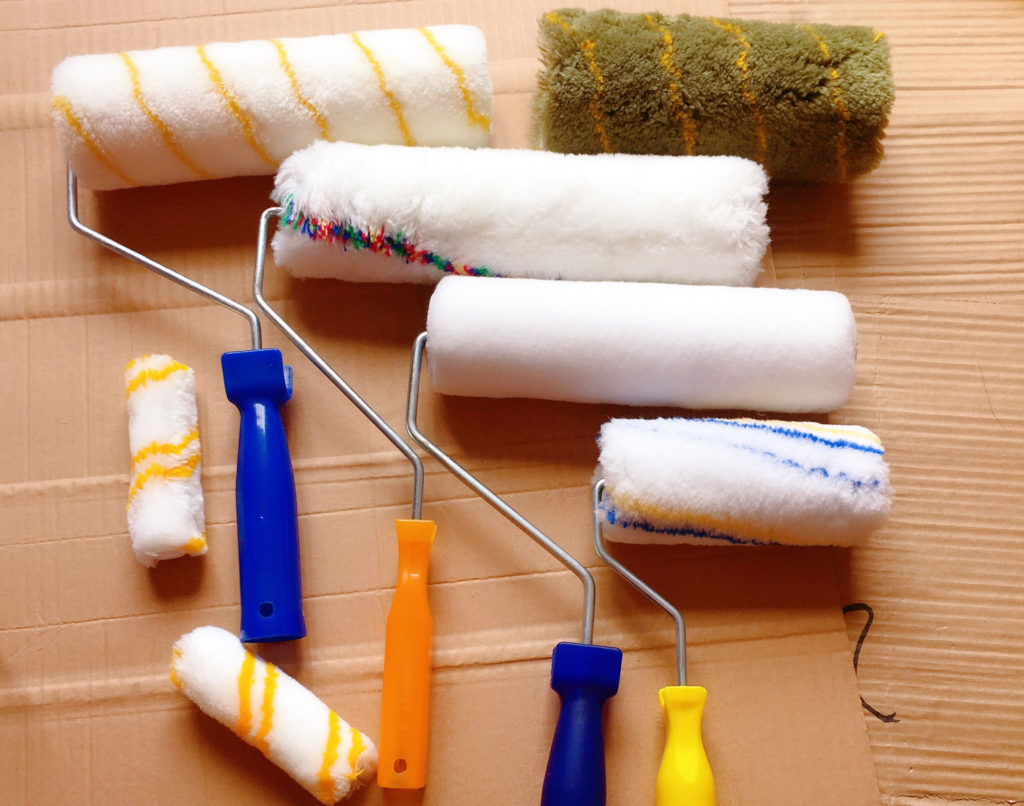
- Pile length
The first parameter that you should pay attention to is the length of the bristles.
Villi no more than 1 cm long. You will need such a tool if you plan to paint a smooth surface, for example: parquet, gypsum plaster.
Roller with a medium pile length (13-15 mm) is excellent for painting traditional plastered walls, structural wallpapers.
Long bristles (more than 3 cm) are well suited for very uneven surfaces:
- brick wall;
- textured plaster;
- concrete.
- Width
In addition to the length of the bristles, the width is also very important. The wider it is, the faster and more convenient the painting work will be. However, when painting hard-to-reach surfaces, narrower painting tools are needed (for example, 75 mm wide).
Therefore, when choosing the tools needed for repairs, you need to immediately buy rollers of different widths (at least 2 wide and 2 narrow).
- Material
Rollers can be made from a variety of materials, each with slightly different properties, making it more effective with certain types of paint materials to achieve certain effects.
The type of material is an important parameter than the length of the bristles. Water-based paints, including latex and emulsion, are best applied with a plastic roller, while solvent-based paints are suitable for wool or mohair. For oil - it is best to use a sponge roller.
More about each type:
- Velor. They are mainly used for painting large surfaces. Velor is made from a blend of wool and synthetic fibers, making it versatile, non-marking, and great for painting smooth surfaces. However, they are not suitable for painting rough surfaces.
- From microfiber. They may look like velor, but their fleece is completely synthetic. This makes them ideal for painting with water-based paints that retain their density.Such a tool is relatively easy to keep clean.
- Strings. Depending on the length of the fleece, they are suitable for painting walls with varying degrees of roughness. They are made of synthetic fibers, so they do an excellent job of applying emulsion paints. Mainly used for painting large wall surfaces.
- Fur. Great for slightly rough surfaces like walls and ceilings (fur telescoping paint roller) and some textured wallpapers.
- With a sponge. Made from an absorbent sponge, it works well as a cut-off roller, but has a rather short lifespan - a paint-soaked sponge tends to streak or pick up paint instead of applying it. Due to its fine structure, it is suitable for painting almost completely smooth surfaces.
- Rubber paint roller. This is a special type that is usually used not for coloring, but for applying a structural pattern to paints for special effects. Applying paint with it is possible only to a limited extent and is practically not practiced.
About pens
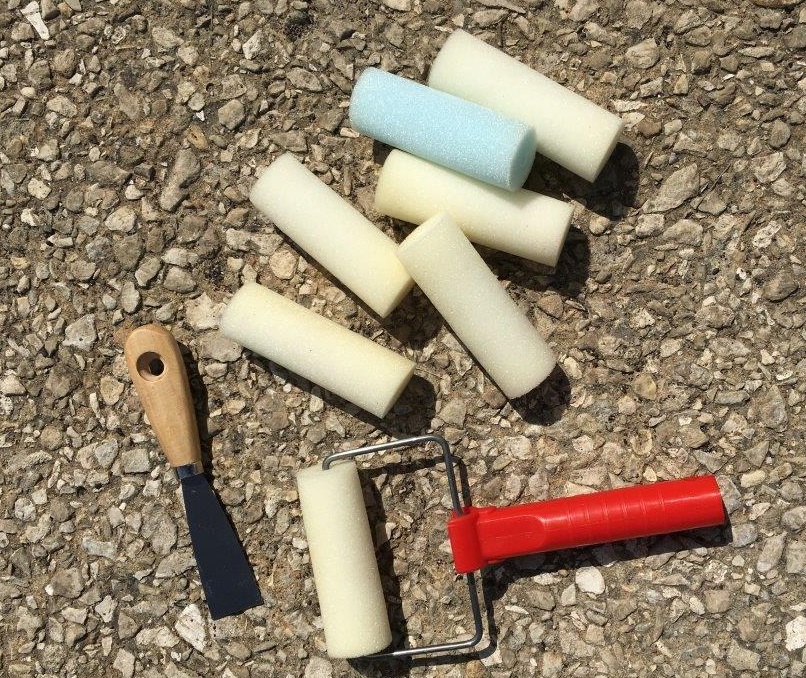
The handles have a different shape - everyone can choose it according to their own preferences and the roller is the most comfortable to hold.
The most popular types:
- wooden (do not sweat at hand, but sometimes difficult to clean);
- plastic (they are easy to clean, but if you work without gloves for a long time, your hand may sweat, which will make it difficult to paint);
- special handles, i.e. profiled, inclined or made of flexible materials that can be bent and given any shape (the so-called gooseneck).
Facade roller
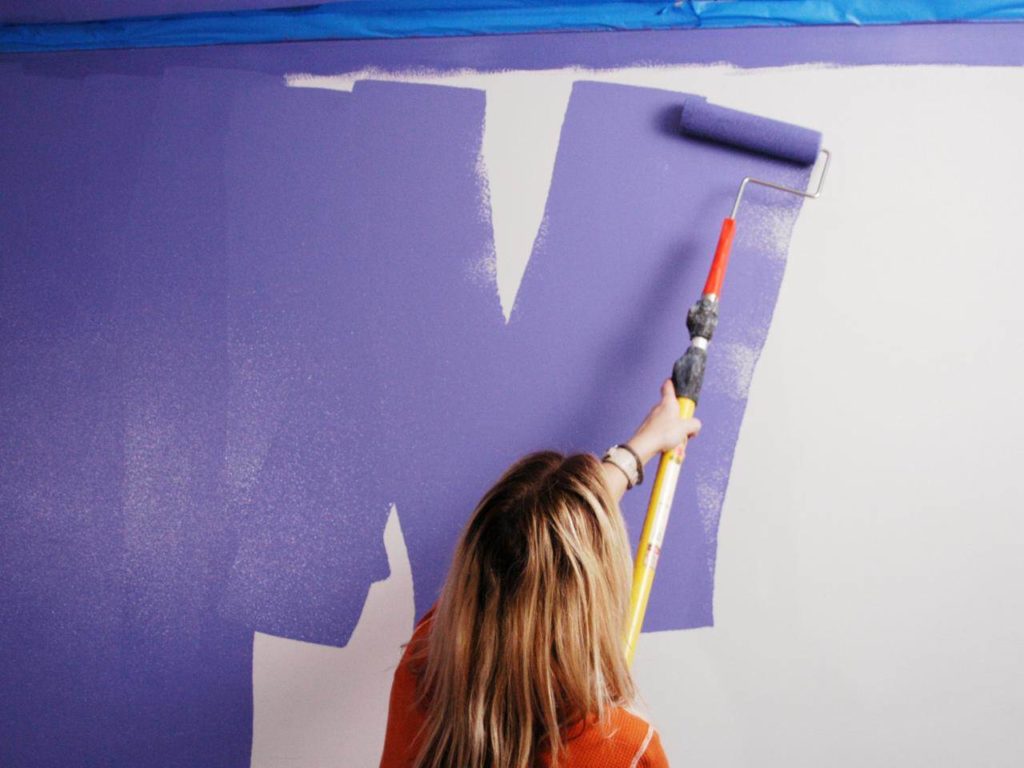
Most often, rollers of a larger diameter made of polyacrylic are suitable (among the front rollers there are also polyamide or sheep's wool). They absorb paint well and allow painting with special facade paints.
Also important is the structure of the roller, which can have different types of coating. On walls with a rough texture, such as those covered with structural plaster, a string or roller with longer and thicker bristles works well. This will allow you to accurately press the paint into the recesses and irregularities of the wall. For smooth and even surfaces, a tool with a short nap is best.
Additional criteria for choosing a tool for painting the facade
Adapting the roller to the nature of the substrate and the type of paint are the main aspects to consider when buying tools. However, when choosing them, it is worth considering other criteria, thanks to which the process of painting the facade will be even more efficient.
- the presence of a telescopic stick, thanks to which you can increase the range of painting, and it will become easier, more convenient and safer;
- the presence of a convenient handle on which it will be possible to fix a new element when the old one loses its usefulness;
- tool resistance to abrasion and loss of fleece, as well as properties that prevent paint from running off and provide good coverage.
Important! When choosing a facade roller, pay attention to the product information provided by the manufacturer, which indicates the paint density for which it is intended.
A new roller may leave bits of fleece on the wall during painting and ruin the effect. Before starting work, it must be well soaked in water and twisted well. Sometimes the “dry” method is also used, covering the bristles with adhesive tape.When painting, dip it into the paint only up to the fleece and press it against the grate or in the tray, turning it in both directions. During painting, we carry it out carefully, without pressing the tool too hard against the surface.
It should be remembered that properly selected paint rollers allow you to:
- reduce paint consumption;
- avoid splashes;
- minimize stains and streaks;
- more thoroughly cover the entire surface with paint.
Surface preparation
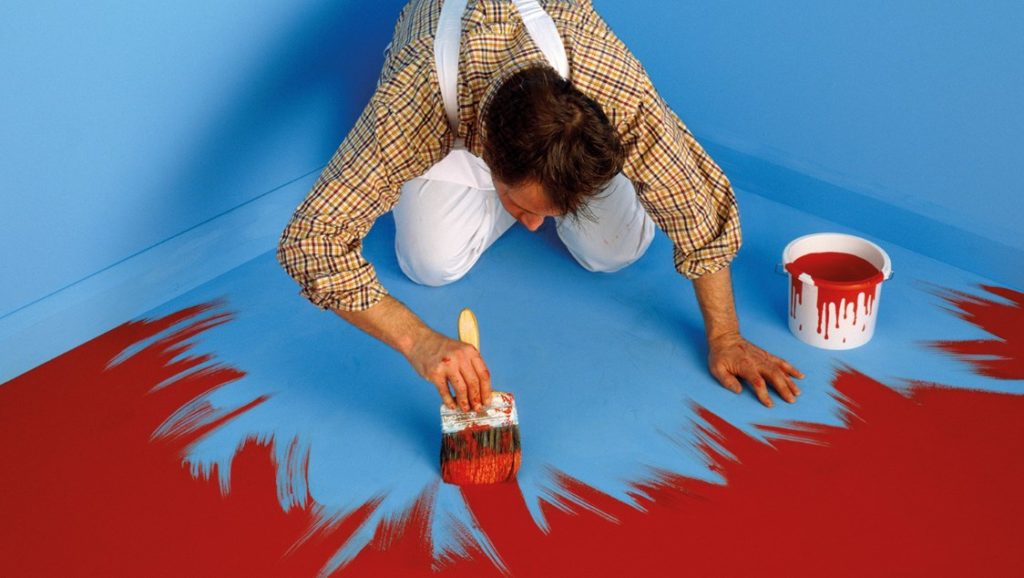
The first step, no matter what painting tool you choose, should be to prepare the walls, ceiling or other surface.
If it is not a rough surface, care should be taken to get rid of previously applied paints, dirt or fungus. To prepare the wall in the best possible way, it must be washed and degreased. Ordinary soap and water can help, which needs to process the texture of the wall, and when it dries, you can proceed to the next step - filling and smoothing out the bumps.
New walls, as well as those from which previous layers of paint have been removed, require priming. This increases the absorbency and adhesion of the surface, while ensuring that the paint is evenly distributed over the painted area. In addition, it is highly likely that it will be possible to avoid cracking or peeling of the coating, as well as a possible change in its color. In a situation where the walls are already painted with latex or acrylic paint, the primer can be omitted. Otherwise, apply the primer in long rolling motions starting at the corners and allow it to dry for several hours.
Care rules
Washing the roller is easy, but there are nuances:
- tools contaminated with emulsion (acrylic) paints, it is enough to wash them in warm water, they do not have to be washed immediately - you can immerse them in water for a while;
- contaminated with solvent paints are washed with organic solvents suitable for this type of paint, these types of paints cannot be washed under water, and leaving them unwashed leads to irreparable damage to the structure of the fleece.
Attention! Some rollers cannot be washed in organic solvents, which can damage the wool. Before washing, it should, if possible, be disassembled in order to wash off the paint from hard-to-reach places. It is important to take care not only of the cleanliness of the fleece, but also of the handle.
The best paint rollers
Budget options
ZUBR 03545-18
votes 2
A microfiber paint roller with a plastic handle, a reliable helper when carrying out repairs.
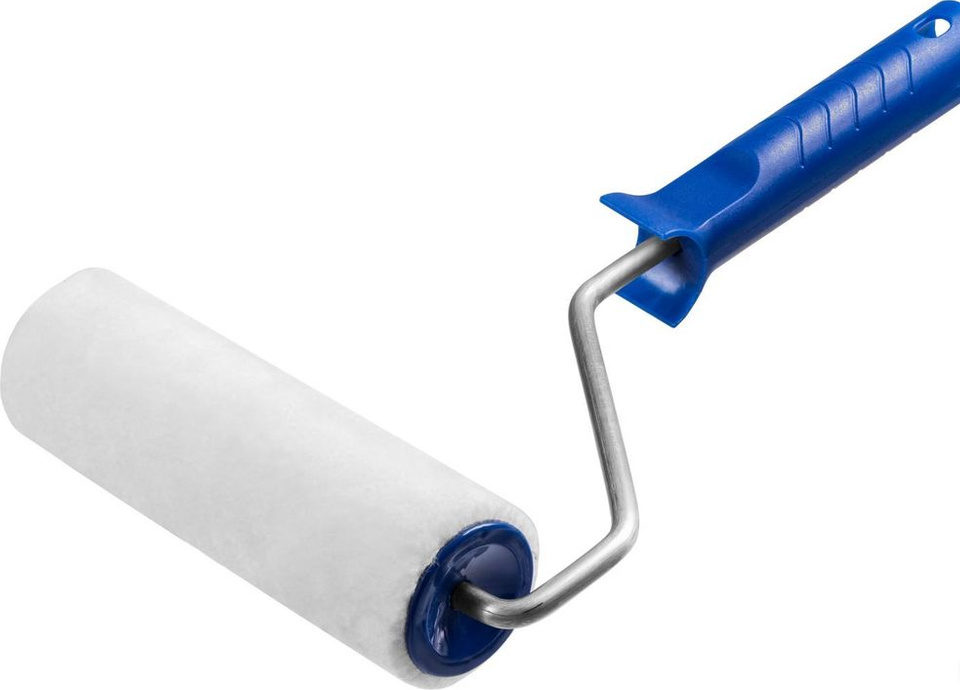
Width - 180 mm
Material - microfiber
Pile length - 7 mm
Diameter - 40 mm
Price - 113 rubles.
- low cost;
- soft surface;
- easy to wash;
- just remove the roller;
- distributes paint evenly.
- no.
Matrix 80658
votes 1
A polyacrylic painting tool with a plastic handle will allow you to paint walls or ceilings easily and as quickly as possible.
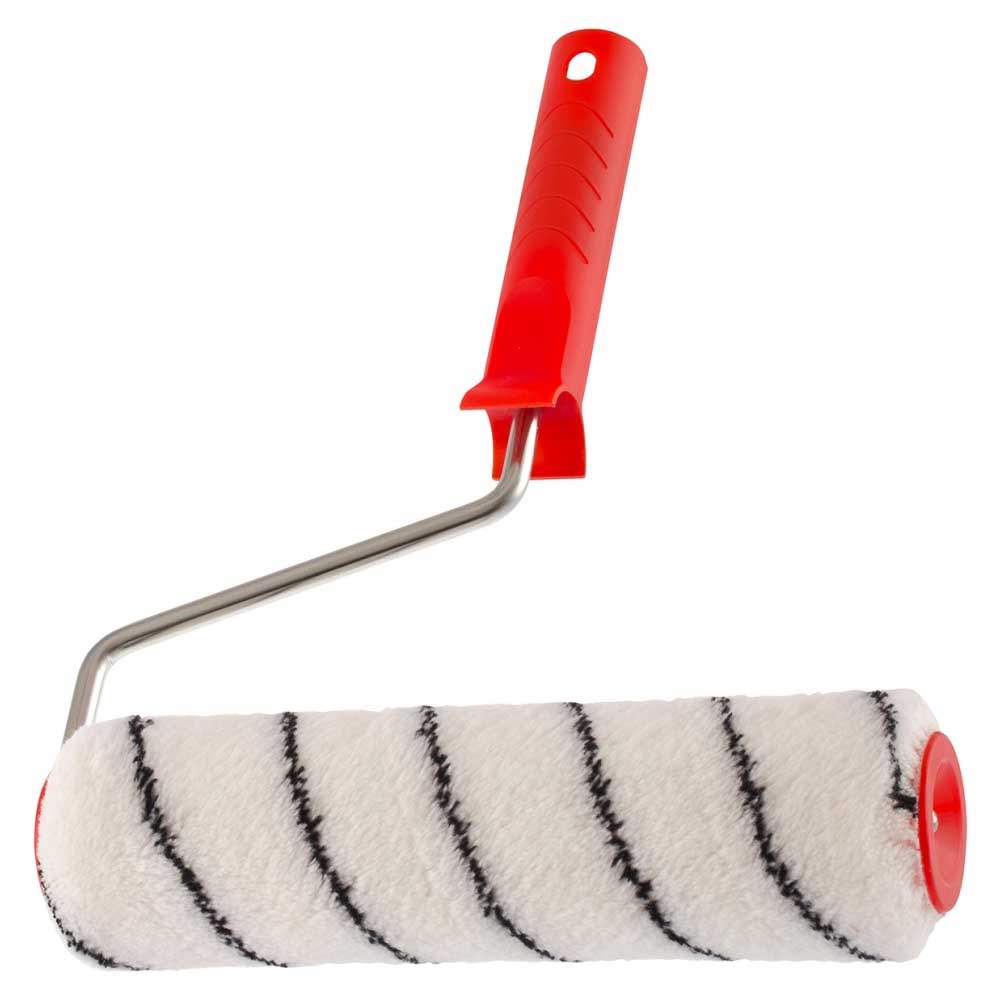
Width - 250 mm
Material - polyacrylic
Pile length - 12 mm
Diameter - 48 mm
Price - 221 rubles.
- price;
- convenient size;
- light handle;
- simple fastening;
- dense pile;
- does not crumble;
- leaves no streaks.
- flimsy handle.
MTX 80220
votes 0
Surface painting tool with foam roller and plastic handle. Comfortable and lightweight.
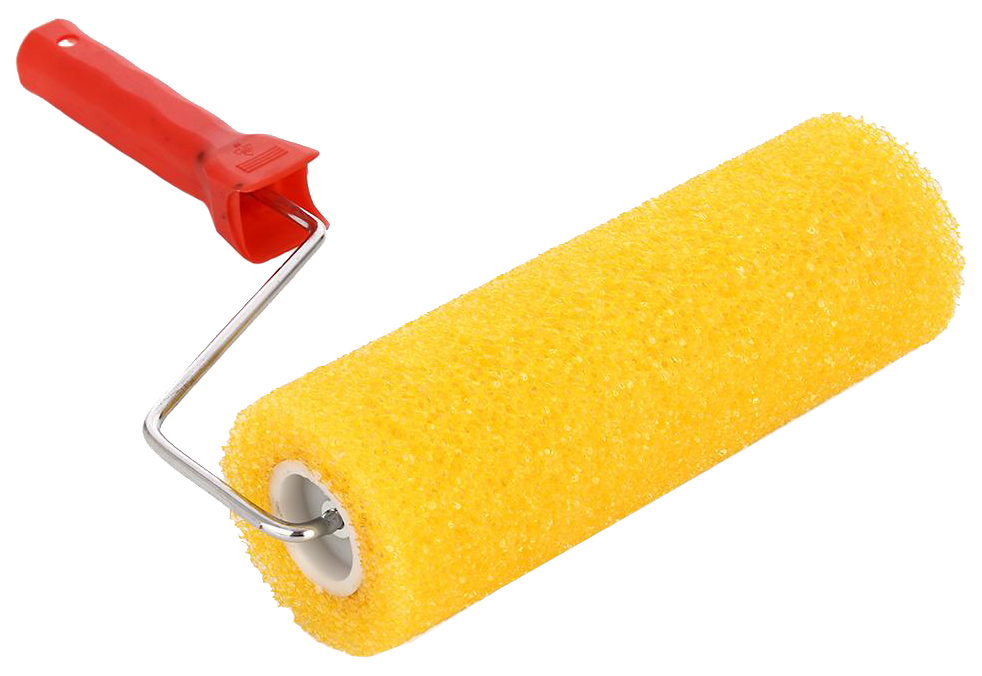
Width - 230 mm
Material - foam rubber
Handle - plastic
Price - 281 rubles.
- light;
- comfortable;
- ease of care;
- densely without gaps applies and distributes;
- does not splash;
- leaves no traces.
- no.
Wenzo
votes 0
Suitable for applying water-dispersion paints and varnishes and primers.
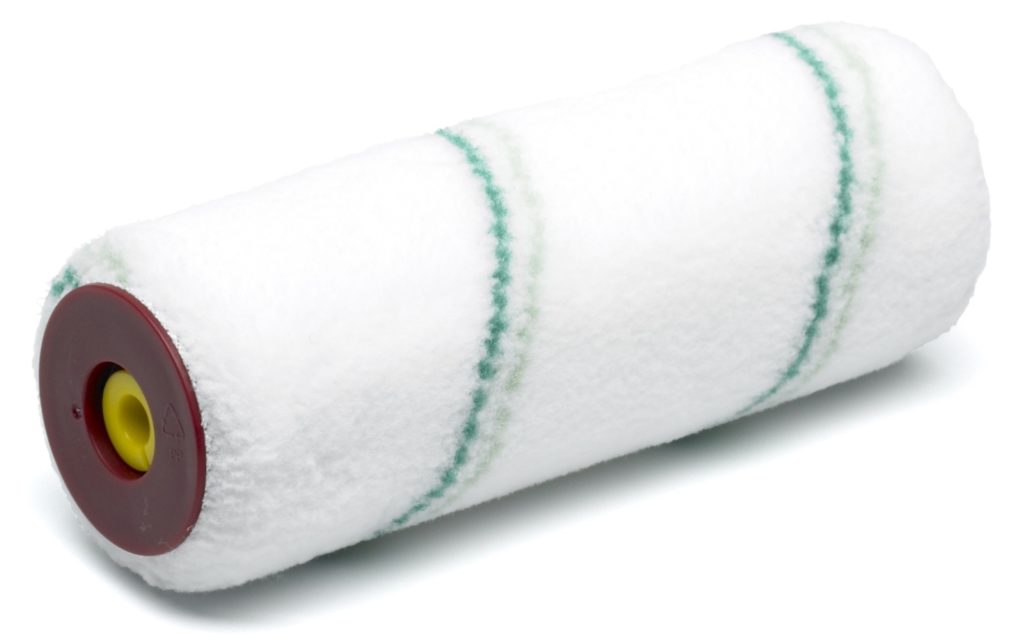
Width - 250 mm
Handle - plastic
Material - foam rubber
Price - 270 rubles.
- affordable price;
- light;
- handle made of durable plastic;
- suitable for water-based paints and varnishes;
- designed for rough and even surfaces;
- small expense.
- not durable.
More expensive options
Matrix Velor 80779
votes 0
Suitable for applying varnishes, enamels, alkyd and oil types of paints and varnishes. The pile is short, which allows the use of a painting tool for a high-quality finish painting of smooth surfaces.
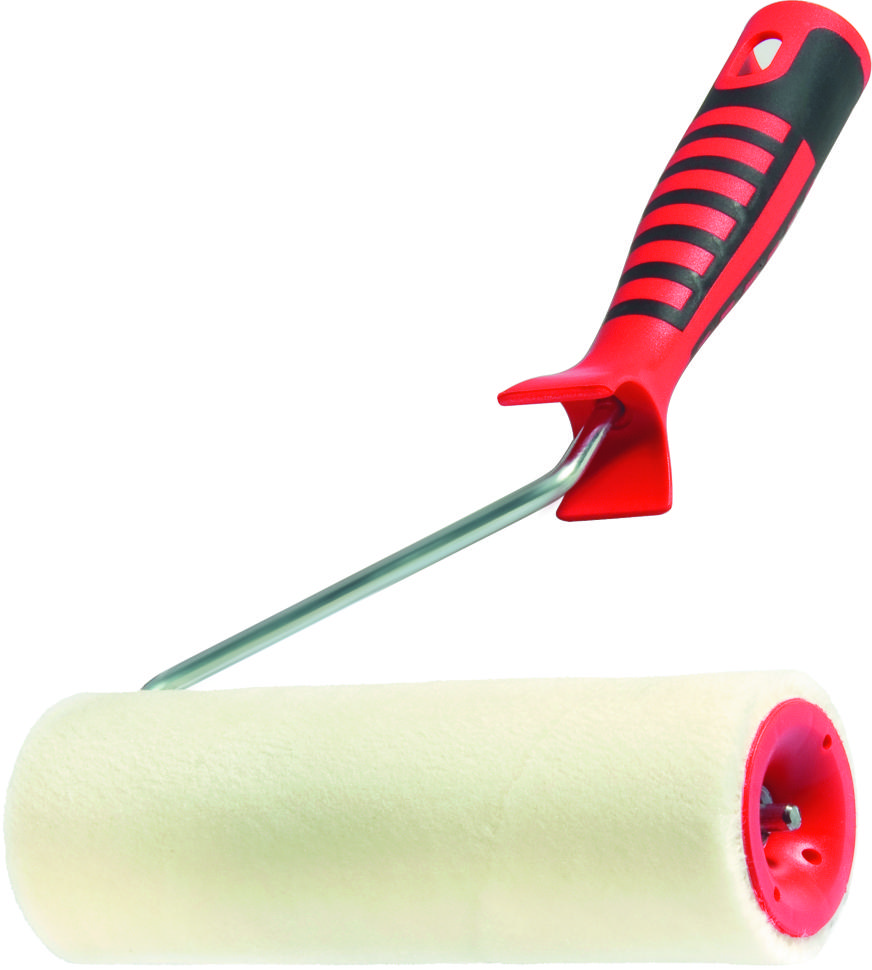
Width - 250 mm
Material - polyacrylic with the addition of wool
Diameter - 48 mm
Price - 311 rubles.
- affordable cost;
- velor type;
- has resistance to aggressive agents;
- can be used for various types of enamels and paints, it can also be used to apply varnish on the surface.
- not too strong handle.
Mirax Polytex 03716-24
votes 0
An excellent tool for painting surfaces with a medium degree of roughness.
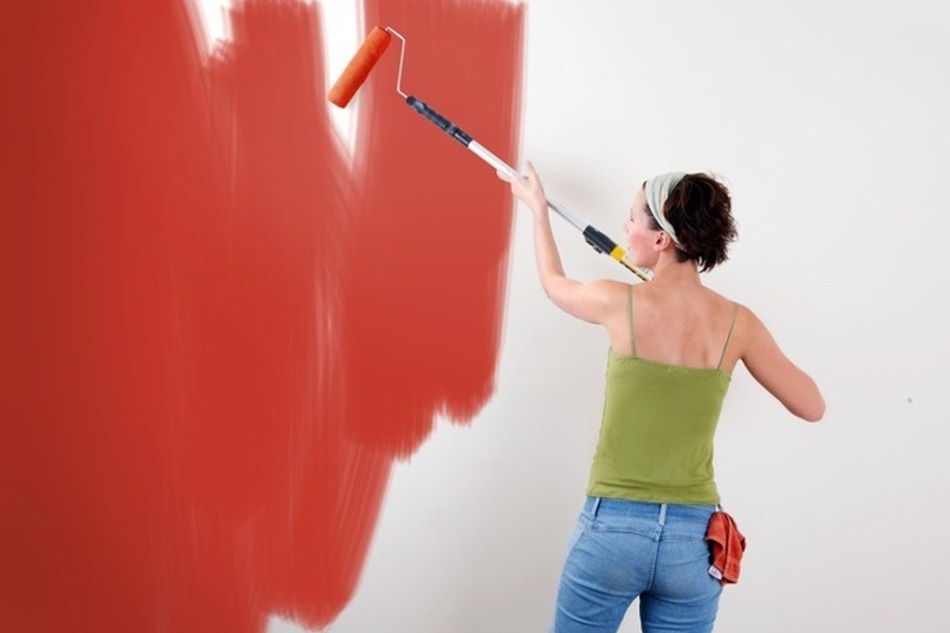
Width - 240 mm
Material - polyester, polyacryl
Diameter - 40 mm
Pile length - 12 mm
Price - 371 rubles.
- value for money;
- thick plastic on the handle;
- simple fastening;
- well distributes paint;
- does not climb;
- perfectly fills the roughness.
- no.
VIRTUS textured polka dots 010304250
votes 0
A special painting tool for applying structural types of paints and varnishes to the surface, which allows you to give texture and a beautiful appearance.
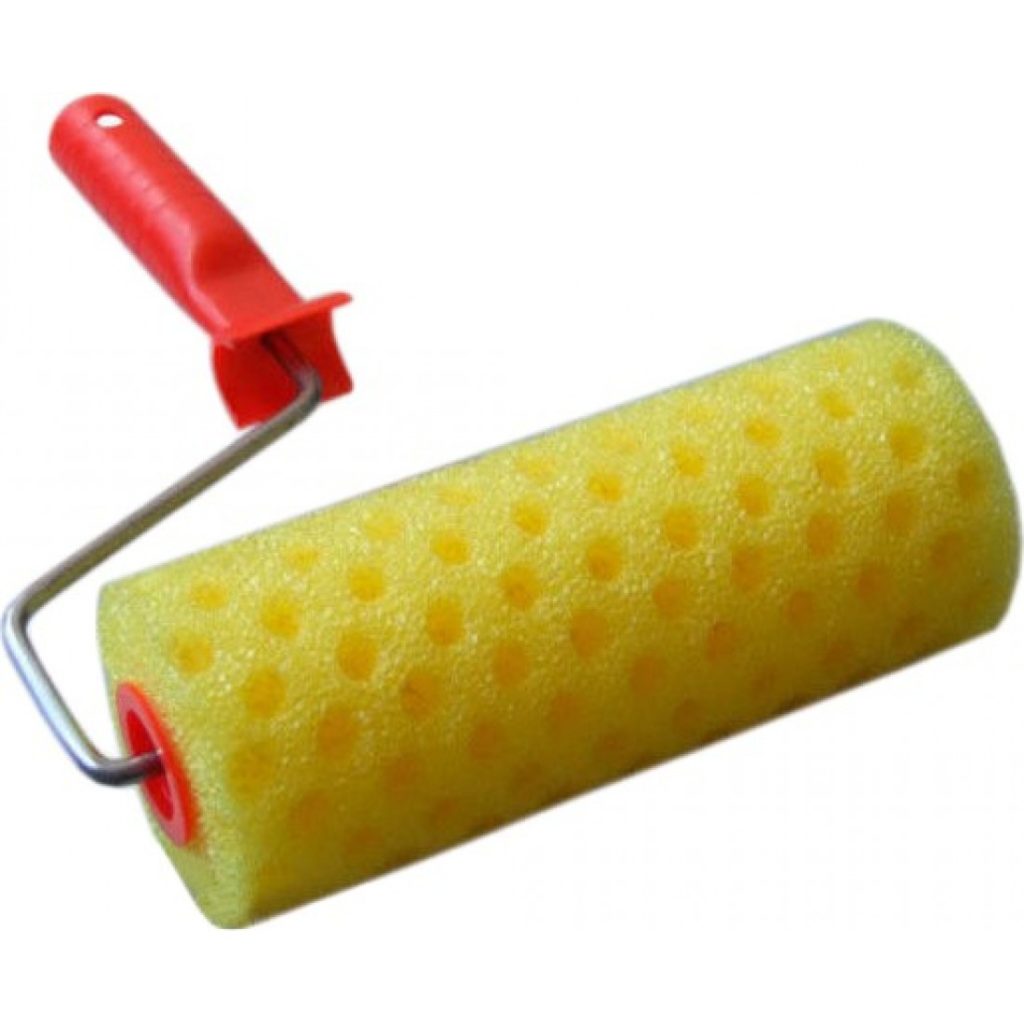
Width - 259 mm
Diameter - 70 mm
Material - foam rubber
Price - 509 rubles.
- ease of use;
- lightweight plastic handle
- perfectly applies and distributes;
- easy to clean.
- no.
ANZA 550025
votes 0
An excellent, reliable tool for fast and high-quality painting of walls or ceilings.
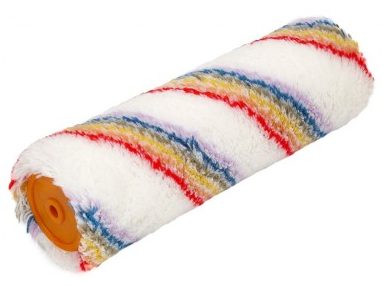
Width - 250 mm
Length - 10 mm
Material - Titex
Price - 600 rubles.
- great quality;
- convenient form;
- evenly distributes;
- leaves no traces;
- comfortable in using;
- simple care.
- no.
Roller-mini edging
votes 0
If you want to easily paint without using masking tape, this tool is a reliable assistant.
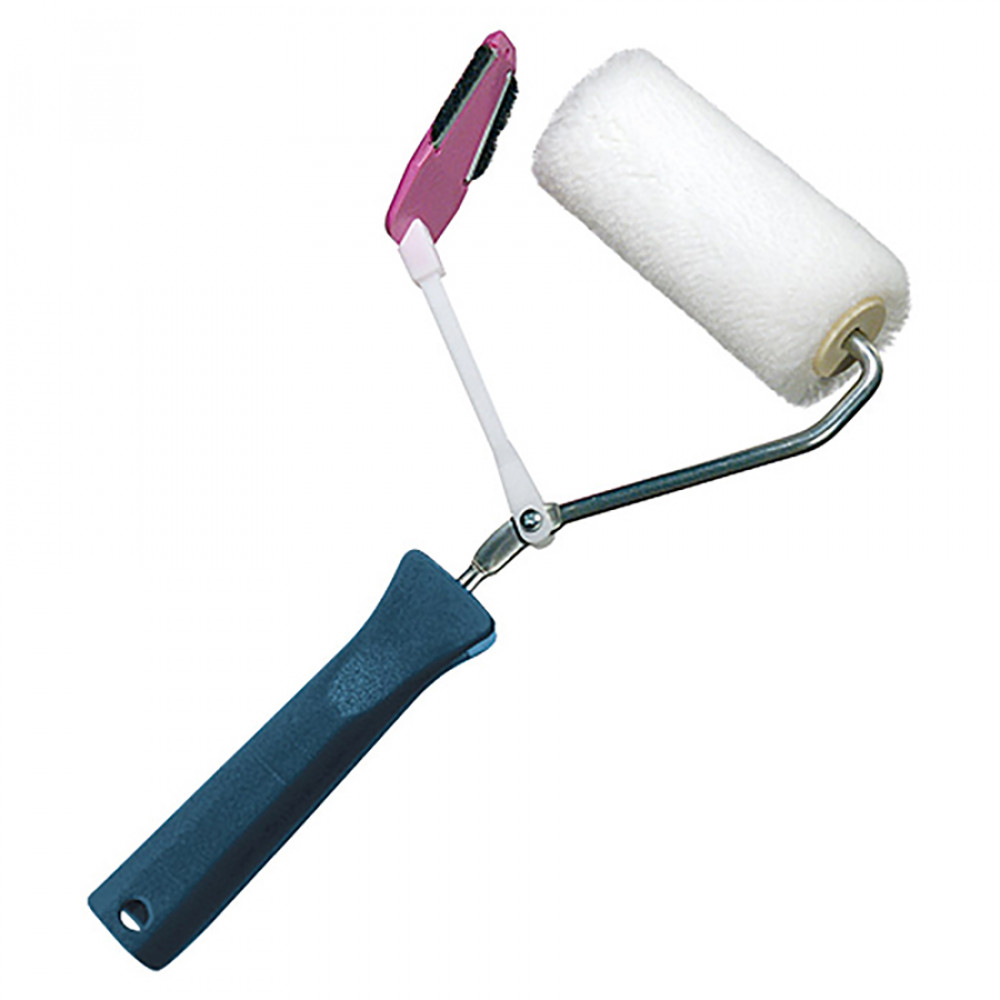
Width - 100 mm
Material - velor
Price - 1550 rubles.
- high quality;
- compact and functional;
- replaceable nozzle included;
- two-component handle;
- very convenient to use;
- easy to care for;
- good coverage;
- There is a replaceable nozzle.
- high price.
paint runner
votes 0
This is a revolutionary system for painting walls, which will not force you to spend energy and nerves on the process or pay exorbitant amounts of money to specialists. The process will cause a lot of positive emotions.
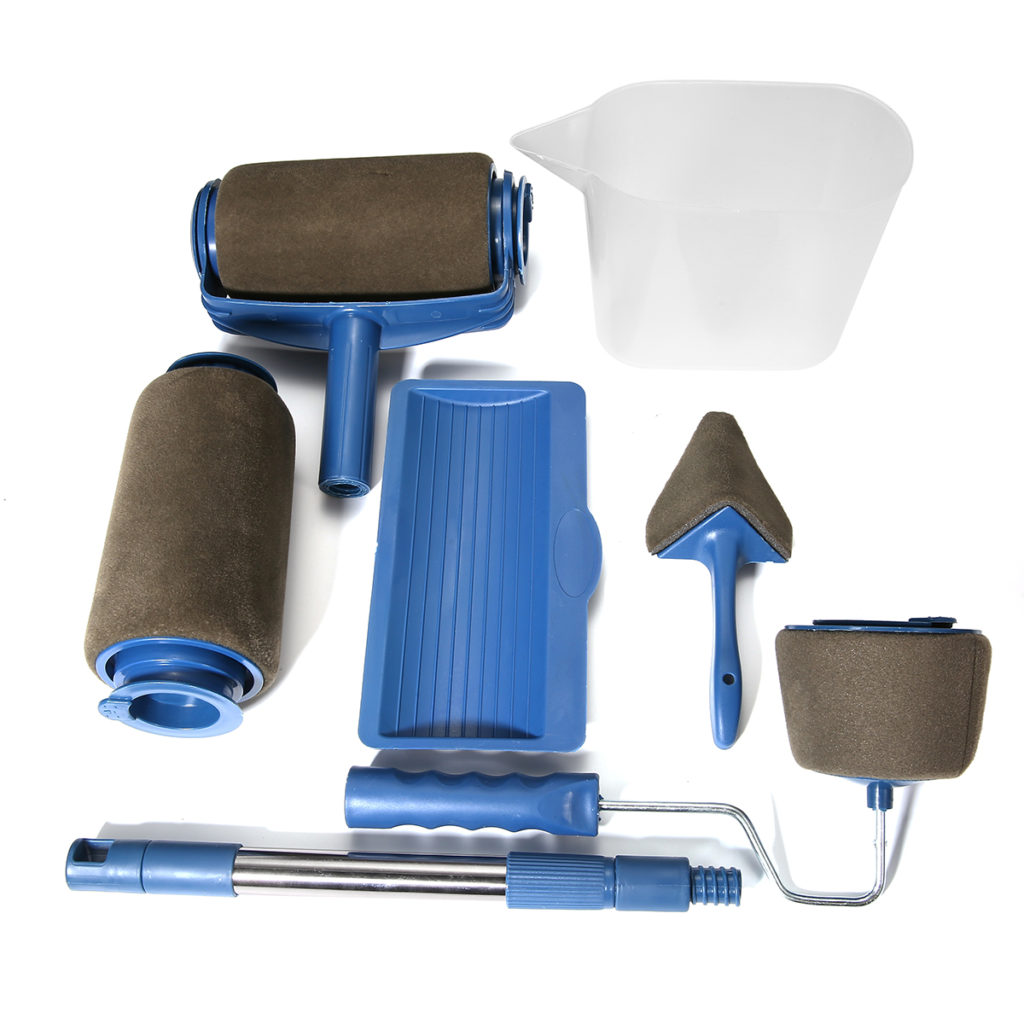
Price - 1200 rubles.
- quality;
- dense material;
- the presence of a reservoir;
- uniform distribution of paintwork materials;
- copes with problem joints and places;
- suitable for brick and cement walls;
- The set includes attachments for the handle.
- no.
COLOR EXPERT 86402902
votes 0
Roller of German quality with a rubberized handle with a pile length of 12 mm - reliable and very comfortable.
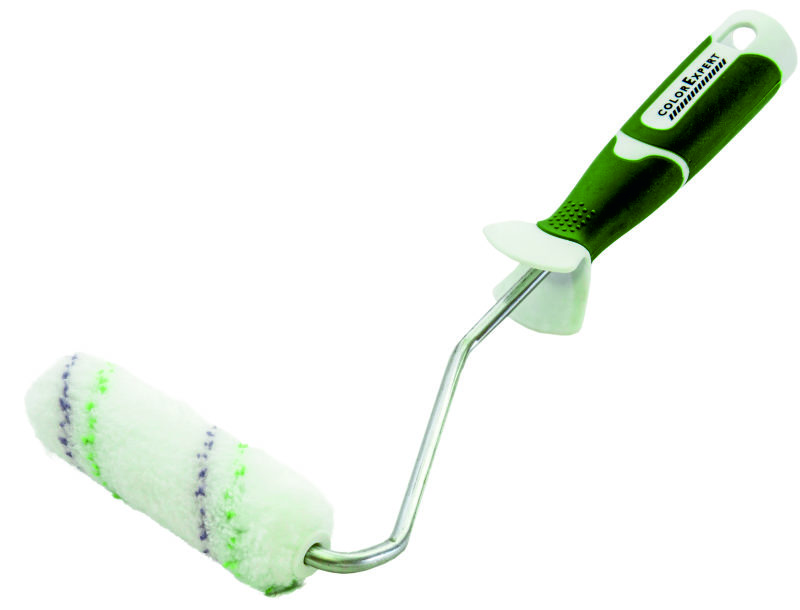
Width - 100 mm
Pile length - 12 mm
Material - polyester
Handle - rubberized
Price - 420 rubles.
- high quality;
- keeps well on the handle;
- leaves no traces;
- uniform distribution;
- the handle does not slip;
- ease of use and care.
- no.
BLACK+DECKER BDPR400-XJ
votes 0
If you are looking for a paint roller for large volume work, you should take a closer look at this model.
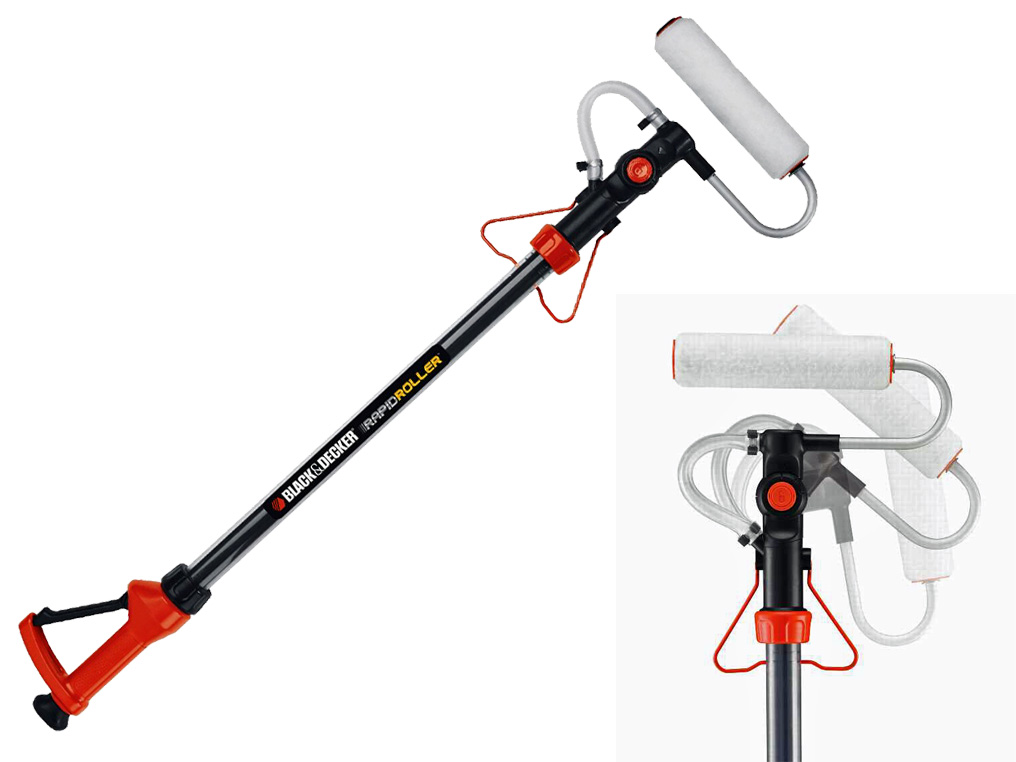
Price - 3490 rubles.
- the tool is equipped with a telescopic handle;
- spray gun;
- roller material - velor;
- convenient to work;
- easy to wash.
- high price.
Conclusion

If you choose the right paint roller, you can certainly get valuable benefits. Its use allows not only to reduce paint consumption and prevent the formation of stains and smudges, but also to thoroughly and accurately cover the selected surface with paint.
When choosing rollers for the type of surface, be sure to consider its texture. After reading the article, everyone will be able to choose the right painting tool, and the repair work will go smoothly and quickly.
new entries
Categories
Useful
Popular Articles
-

Top ranking of the best and cheapest scooters up to 50cc in 2022
Views: 131650 -

Rating of the best soundproofing materials for an apartment in 2022
Views: 127690 -

Rating of cheap analogues of expensive medicines for flu and colds for 2022
Views: 124518 -

The best men's sneakers in 2022
Views: 124032 -

The Best Complex Vitamins in 2022
Views: 121939 -

Top ranking of the best smartwatches 2022 - price-quality ratio
Views: 114979 -

The best paint for gray hair - top rating 2022
Views: 113394 -

Ranking of the best wood paints for interior work in 2022
Views: 110318 -

Rating of the best spinning reels in 2022
Views: 105328 -

Ranking of the best sex dolls for men for 2022
Views: 104365 -

Ranking of the best action cameras from China in 2022
Views: 102215 -

The most effective calcium preparations for adults and children in 2022
Views: 102011



